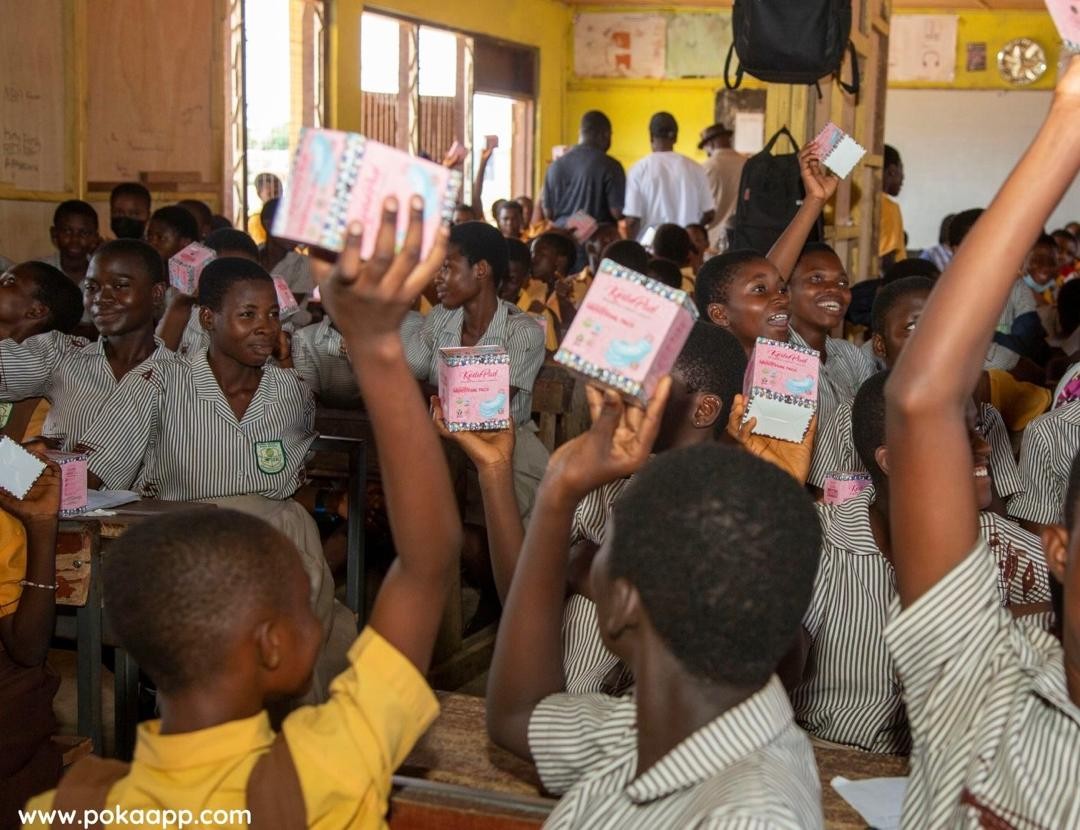By Kwabena Adu Koranteng
Every human being deserves a decent shelter and a safe environment—a right enshrined in Ghana’s 1992 Constitution. Yet, for thousands of Ghanaians, survival means trading safety for shelter under deadly high-voltage power lines in the Greater Accra Region.
It is estimated that over 10,000 artisans, traders, and informal workers live and work directly beneath these high-tension transmission lines. From vehicle and motorbike mechanics, welders, vulcanizers, and carpenters to food vendors and spare parts dealers, these individuals have constructed makeshift wooden and metal shelters under some of the most dangerous infrastructure in the country.
These high-voltage lines—transporting hundreds of thousands of megawatts of electricity from Akosombo Dam and other power plants—cut through major towns and communities, including Ashaiman, American House, East Legon, Achimota, Kwashieman, and Awoshie, stretching all the way to Kasoa in the Central Region.
Despite the ever-present danger, these communities carry on with daily life undeterred. The hum and crackle of the electrical current overhead—potentially lethal—have become background noise to those who have made these areas their home.
Life Under the Lines
Awudu Ali, a 47-year-old motorcycle mechanic, has lived under the power lines at Mempeasem near East Legon for eight years. “We know it’s dangerous, but where else can we go?” he asked. “VRA, GRIDCo, the police, and even the military come to demolish our structures. But we always come back. We rebuild and continue. The taskforce is tired of chasing us.”
Alhassan Yussif, a bicycle repairer from northern Ghana, echoed similar sentiments. “This is where I live and work. I don’t pay rent or electricity bills—just for food. I’m not afraid. Anyone can die at any time,” he said.
Many of the occupants live with families, friends, apprentices, and coworkers in these fragile structures. For them, these high-risk zones are not just workplaces—they are home.
Expert Warnings and GRIDCo’s Position
Experts warn that this is a disaster waiting to happen. Energy analysts and civil engineers have repeatedly cautioned that encroaching on these corridors could lead to fatal accidents.
Dzifa Bampoh, Director of Public Affairs at Ghana Grid Company Limited (GRIDCo), is frustrated. “These lines transmit 330,000 volts. It’s not the kind of electricity you get from a wall socket. If one snaps, everyone nearby could die instantly,” she explained.
GRIDCo conducts frequent demolitions across the country—up to five times a year in some locations. “We demolish and they come back. Sometimes they’re sleeping in the rubble the same night. We’ve seen people cutting and selling transmission lines in Asiamah,” she lamented.
According to Bampoh, the issue goes beyond GRIDCo’s capabilities. “We manage 7,000 kilometers of lines nationwide. If we had to patrol them all, Ghana would look like a police state. This has become a national security crisis.”
She blamed a lack of support from local assemblies and politicians who “go there to campaign” and silently endorse these settlements. “We are being asked to compensate people for land we are legally mandated to use. GRIDCo already carries over $3 billion in debt. Compensation would collapse this company,” she added.
GRIDCo cites monumental investments like the Kasoa Substation ($20 million) and the Accra-Kumasi-Tamale-Bolgatanga transmission lines (€173 million) as part of their efforts to keep Ghana and neighboring countries supplied with power.
The Way Forward
“This is beyond our control,” Bampoh concluded. “It’s time for consistent, state-sanctioned intervention. National Security and the Military must act. These people are not just sleeping under the lines—they are welding, cooking, and living full lives there. It is dangerous, unsustainable, and must stop.”
Until concrete actions are taken, thousands will continue to gamble with death each day—surviving in the shadow of high-voltage wires, waiting for the next demolition, or the next disaster. Enditem
Email: Korantengadu@gmail.com
Share Us



